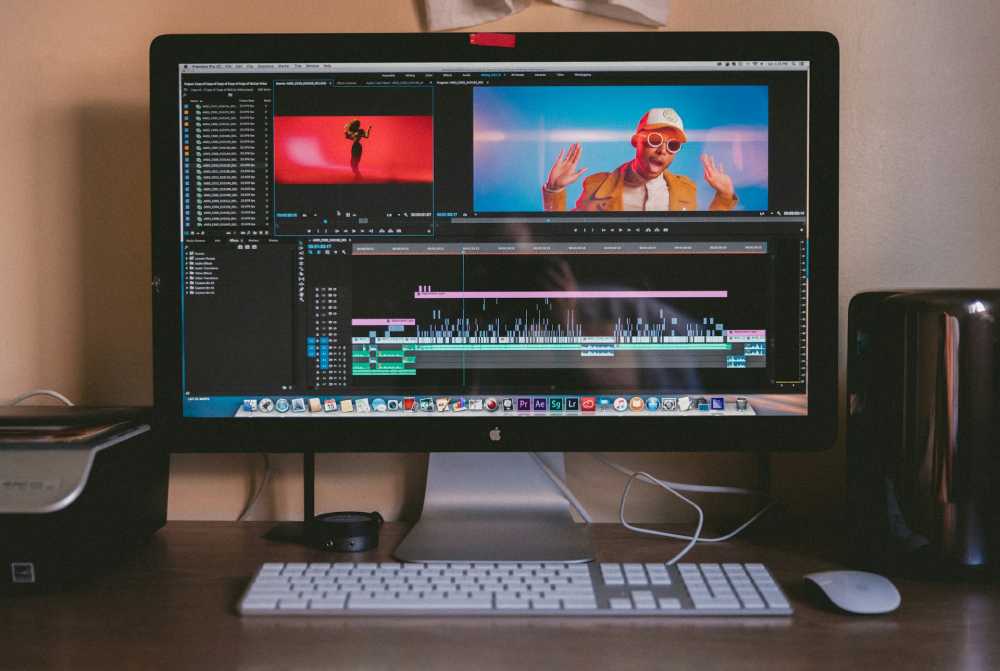Video content is king in today’s digital-first world, carving out narratives that captivate viewers across the globe. However, these narratives can only achieve their full potential if they are linguistically accessible to their audience.
Enter the era of video translation, where language services like those from a skilled video translator are not just add-ons but fundamental to unleashing the global power of your content. In our digitally interconnected world, translating your video can mean the difference between staying localized and going viral, between a limited viewership and an international fandom.
Benefits of Video Translation
When a video is translated, its reach expands exponentially, delving into markets and cultural landscapes previously uncharted. This isn’t just about tallying views from different countries; it’s about genuinely connecting with international audiences through culturally resonant content.
Businesses see tangible benefits through increased engagement, higher SEO rankings due to broader viewership, and the potential for increased revenue and market share. On a cultural front, translated videos promote diversity and inclusivity, allowing for a richer global dialogue and mutual understanding.
Technology in Translation
Technological progress has drastically reshaped the landscape of video translation, particularly through the advent of artificial intelligence and machine learning. These technologies provide incredible efficiencies, reducing turnaround times from days to hours—or even minutes.
Such tools are adept at quickly generating accurate subtitles and translations, with capabilities that continue to advance. Embracing these technologies means embracing the future, where barriers erected by language are torn down to make way for a new level of connectivity—as seen with innovations that make multilingual videos more accessible.
Navigating Cultural Barriers
Masterful translation must go beyond the literal conversion of words to capture the essence of the original content, often imbued with nuanced cultural references that may not have direct equivalents in other languages. This means interpreting humor, tradition, idioms, and emotions in ways that resonate equally with a diverse audience.
It is a delicate balancing act of honoring the source material while ensuring it adapts smoothly to varied cultural landscapes, avoiding mishaps that could lead to misinterpretation or offense.
Challenges in Video Translation
Despite the efficiencies brought about by technology, video translation has its challenges. Translators must meld linguistic expertise with technical skills to ensure the final product synchronizes with the on-screen actions and dialogue.
Maintaining the original tone and style adds an intricate layer of complexity to the translator’s task. These challenges necessitate a thoughtful approach to video translation, which regards accuracy, timing, and cultural sensitivity as paramount.
The Indispensable Role of Translators
While machines may possess speed, it’s the human translators who bring depth to video translation. The human touch ensures that subtle cultural inflections, regional expressions, and the video’s artistic nuances are carried over into the translated version.
Human translators are critical in detecting and correcting the occasional inaccuracies of machine translations, providing the polish that only a nuanced understanding of language can achieve. As such, the partnership between human expertise and technological innovation remains the golden standard in video translation.
Video Genres and Translation Requirements
The diversity of video content—from documentaries to animated series—commands a versatile approach to translation services. A corporate training video, for example, requires a different translation treatment than a theatrical film or a marketing ad.
The translator’s role is to recognize and adapt to each genre’s unique rhythm, style, and audience expectations. Satisfying these genre-specific demands ensures that the video maintains its appeal and effectively communicates its message across languages.
Emerging Trends in Video Translation
The field of video translation is in a state of constant evolution. Notably, there is a growing awareness of the importance of considering translation at the conceptual stages of video production.
By doing so, creators and businesses can ensure they craft content with a global audience in mind from day one, embedding international relevance into the heart of their video projects. This holistic approach indicates a forward-thinking mindset that prioritizes global accessibility and inclusivity.
Key Examples of Successful Video Translations
The landscape of video translation is dotted with success stories that underscore the transformative effects of effective linguistic services. There are numerous instances where a video, once localized, not only excels in viewer metrics but also propels the brand or message it carries to international prominence.
These success stories stand as testaments to the power of translation in transcending cultural and linguistic boundaries, allowing content creators to harness the full potential of their work.
Best Practices in Video Translation
Embarking on the video translation journey requires an adherence to industry best practices to guarantee success. This entails a rigorous process encompassing precise translations, cultural localization, and consistent checks for quality assurance.
Relying on experienced translators, deploying the latest AI-driven tools, and maintaining an ongoing dialog between all parties involved in the translation process are the hallmarks of superior video translation. This process transforms content to engage and inspire global audiences.



